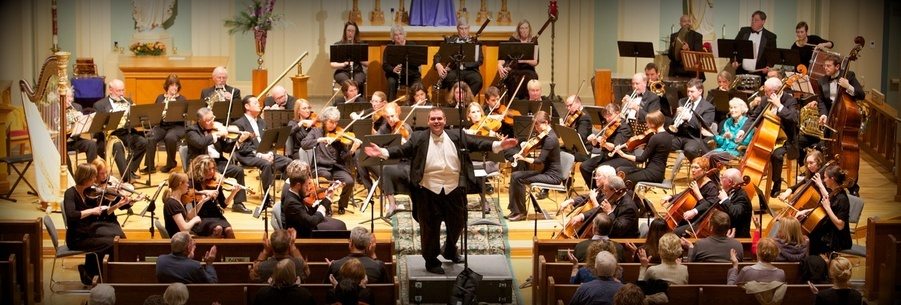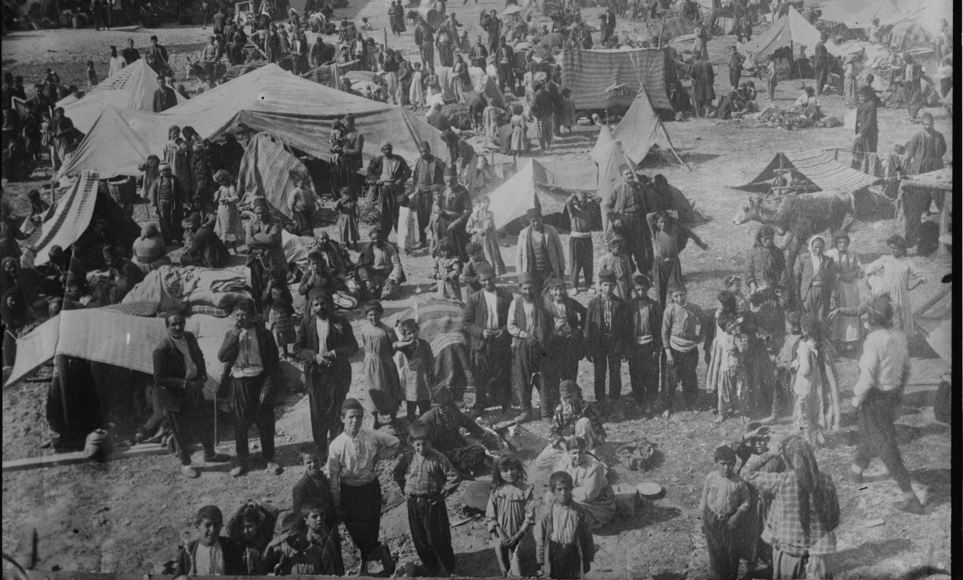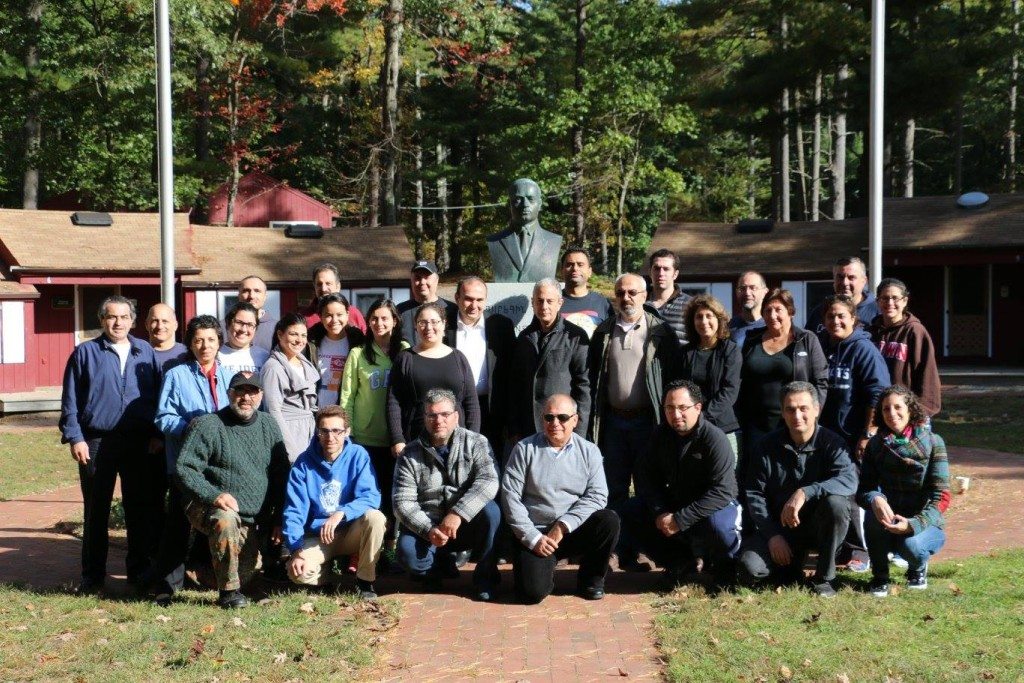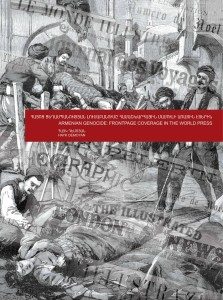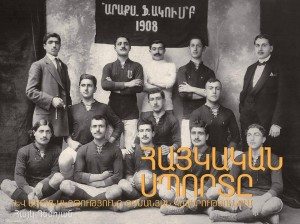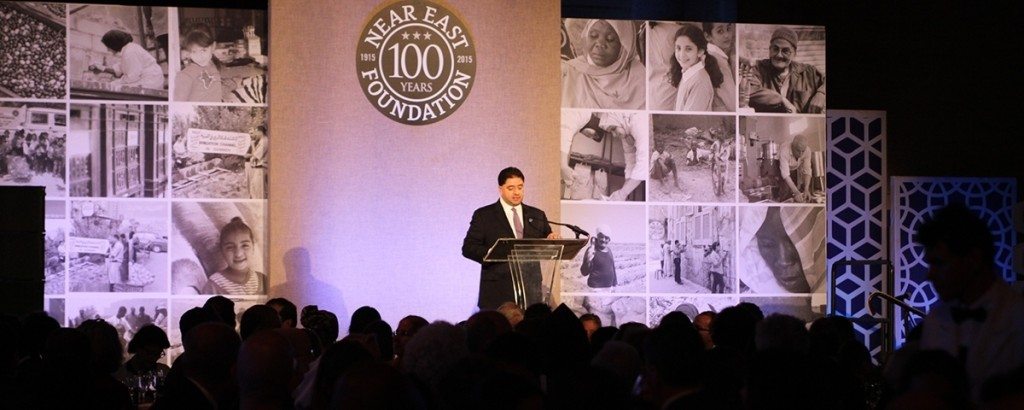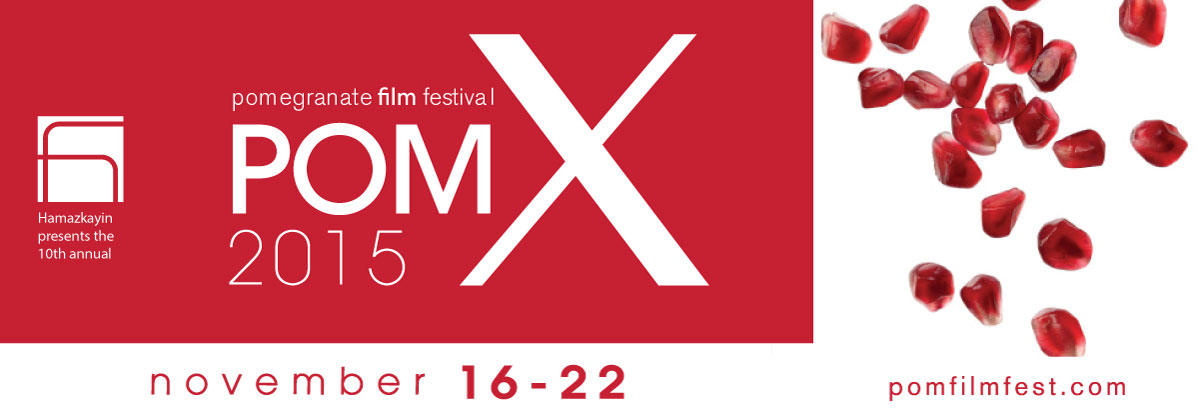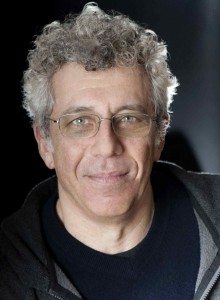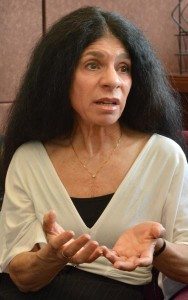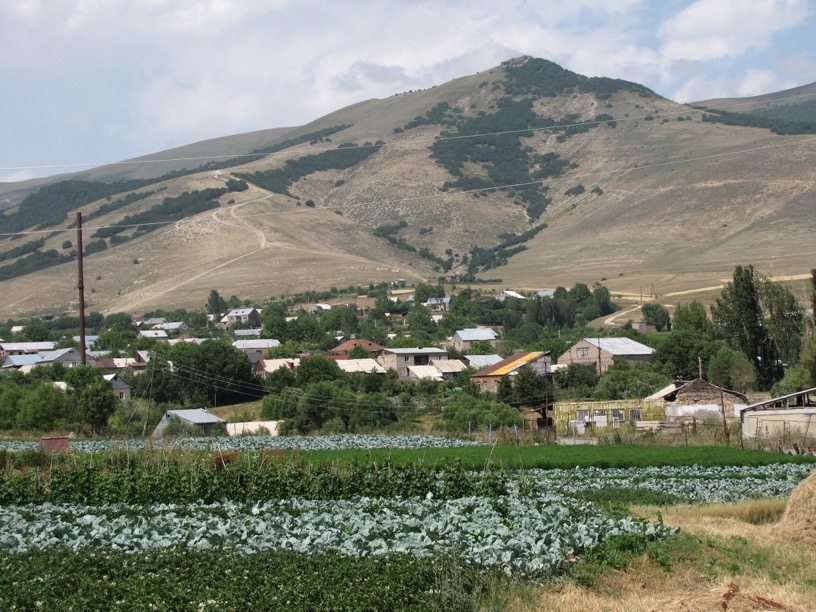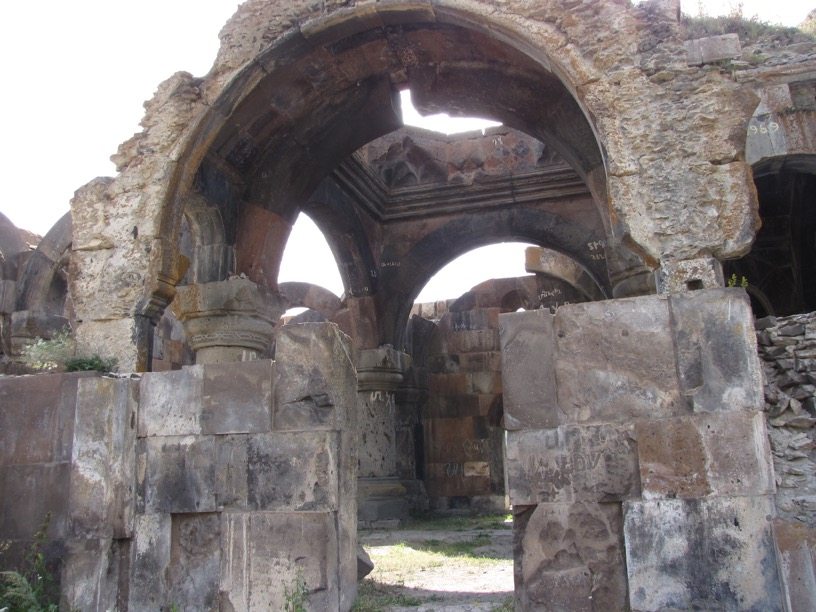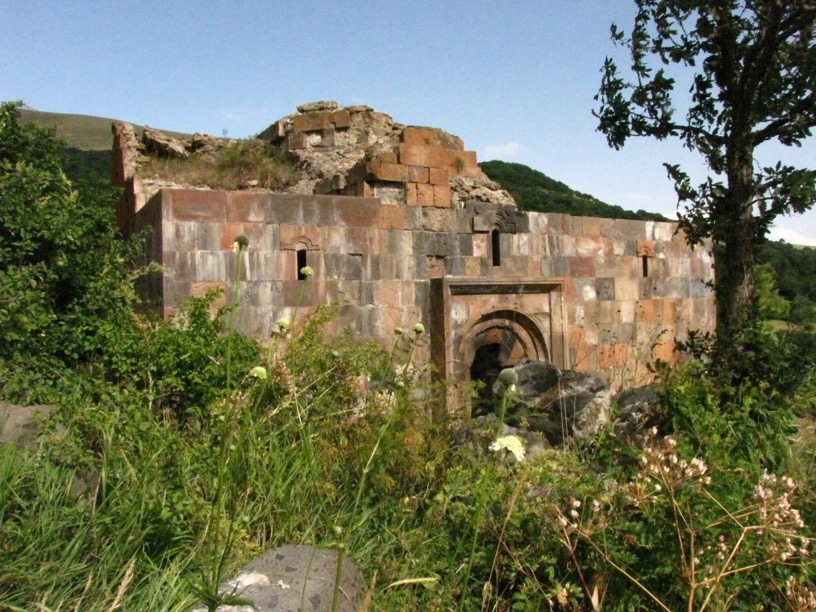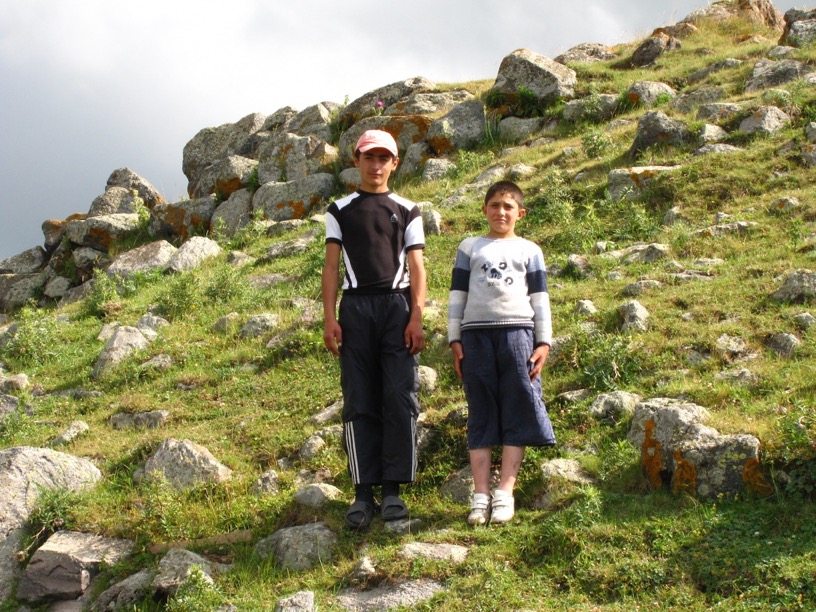Through the centuries, artists have grappled with the portrayal of human suffering. For Armenian-American artist Michael Aram, who set out to make a sculpture to commemorate the Centennial year of the Armenian Genocide of 1915, the central question was this: “How would I start telling the story of my family, and the millions like them, who found no words to tell their own story?”
![]()
‘Migrations’ on the plaza of St. Vartan Armenian Cathedral in New York
Inspiration alighted in the form of a bird—hundreds of birds, actually. They rise up in jagged journeys from a stainless steel vertical slab, leaving behind a cavity in the shape of the historic Armenian regions lost during the genocide a century ago. The base itself is a nod to the Armenian stone crosses, or khatchkars, which dot the ancestral Armenian homeland to this day.
The sculpture, titled “Migrations,” was unveiled and blessed in an outdoor ceremony on the plaza of St. Vartan Armenian Cathedral in New York, on the evening of Tues., Oct. 6. Close to 400 people—including clergy, artists, and other dignitaries—gathered for the blessing service and program of remarks and musical performances.
Archbishop Khajag Barsamian, Primate of the Diocese of the Armenian Church of America (Eastern), presided over the event. He was joined in the blessing service by the Very Rev. Fr. Simeon Odabashian, Diocesan vicar; the Very Rev. Fr. Mamigon Kiledjian, dean of St. Vartan Cathedral; Rev. Fr. Mardiros Chevian, dean of St. Nersess Armenian Seminary; and seminarians.
Aram, a descendant of genocide survivors, spoke about the experience of absorbing the trauma of his grandparents, and of the need to express that which has gone unuttered.
“There was this incredibly heavy, unspoken sadness that defined the Armenian identity for so long,” he said. “In making the piece, I was really feeling connected to that anguish.”
![]()
Michael Aram explains his vision at the sculpture unveiling and blessing ceremony.
The pain is conveyed in the physical appearance of the bronze birds, each of which was uniquely handcrafted by Aram. Some of them are shrieking in agony. Others, the artist said, were sculpted with wings outstretched, a reference to Christ’s suffering on the cross. Their maddened flight tells the story of a people violently uprooted and scattered across the globe.
But there is also something hopeful in the birds’ migration—the chance to start a new journey, the promise of a new life in the New World.
“The piece has been a heavy one to create, but at the same time, I look around tonight, and my heart is full of emotion that we are here,” Aram said. “We are seeds who have grown from those buried souls.”
Aram—an award-winning designer of beautiful, distinctive objects for the home, whose artworks are sold at his flagship gallery in New York City and in more than 50 countries through fine department stores and specialty retailers—is known for his active involvement in the Armenian community. Among his other tributes to his heritage are the interior metalwork and the dome cross he designed for St. Gregory the Enlightener Armenian Church in White Plains, N.Y.
Manhattan’s St. Vartan Cathedral—built half-a-century after the genocide—is a fitting setting for vision. The majestic spiritual center for Armenians across the country is arguably the most ambitious undertaking of the Armenian-American community: an enduring monument to the Armenian presence in the United States, and its survival through times of persecution, cultural destruction, and death. Aram’s 10-foot-tall sculpture will be permanently exhibited on the cathedral plaza.
As Archbishop Barsamian blessed the piece, reflections from his handcross were thrown across the faces of onlookers mirrored in the stainless steel.
“The story of the Armenian people’s survival—our victory and vindication in the aftermath of tragedy—is eternally relevant, and a source of moral and creative inspiration for us all,” \ Barsamian said.
He went on to speak about the “incredible outpouring of support for the recognition of the Armenian Genocide” that the Armenian community has received in this Centennial year.
“It is a sign to me that the events of 100 years ago are still relevant to us today—perhaps more relevant today than they have ever been in the past,” he said. “As we stand before ‘Migrations,’ and view our own reflections in its surface, let us show our loving concern for one another, and our solidarity with all others who have suffered—and who are still suffering today.”
Mistress of ceremonies Sandra Shahinian Leitner gave a brief historical overview of the Armenian Genocide. From 1915-22, more than 1.5 million Armenians were killed in the Ottoman Empire. Last April, in a ceremony at Holy Etchmiadzin in Armenia, the Armenian Church canonized as saints the Holy Martyrs of that cataclysm.
“Now we’ve reached the autumn of this Centennial year, and today’s ceremony helps draw our observances to a close,” Shahinian Leitner said. “But it also heralds the next chapter: continuing the legacy of our martyrs.”
A concert featuring selections by Komitas and Khachaturian, performed by master pianist Şahan Arzruni and acclaimed tenor Yeghishe Manucharyan, concluded the evening.
“The journey of ‘Migrations’ for me has been a very personal one and a very meaningful one,” Aram said. “In the reflective surface of this piece, we can see ourselves as living proof of our existence and the ultimate victory in our ancestors’ struggle to survive.”
